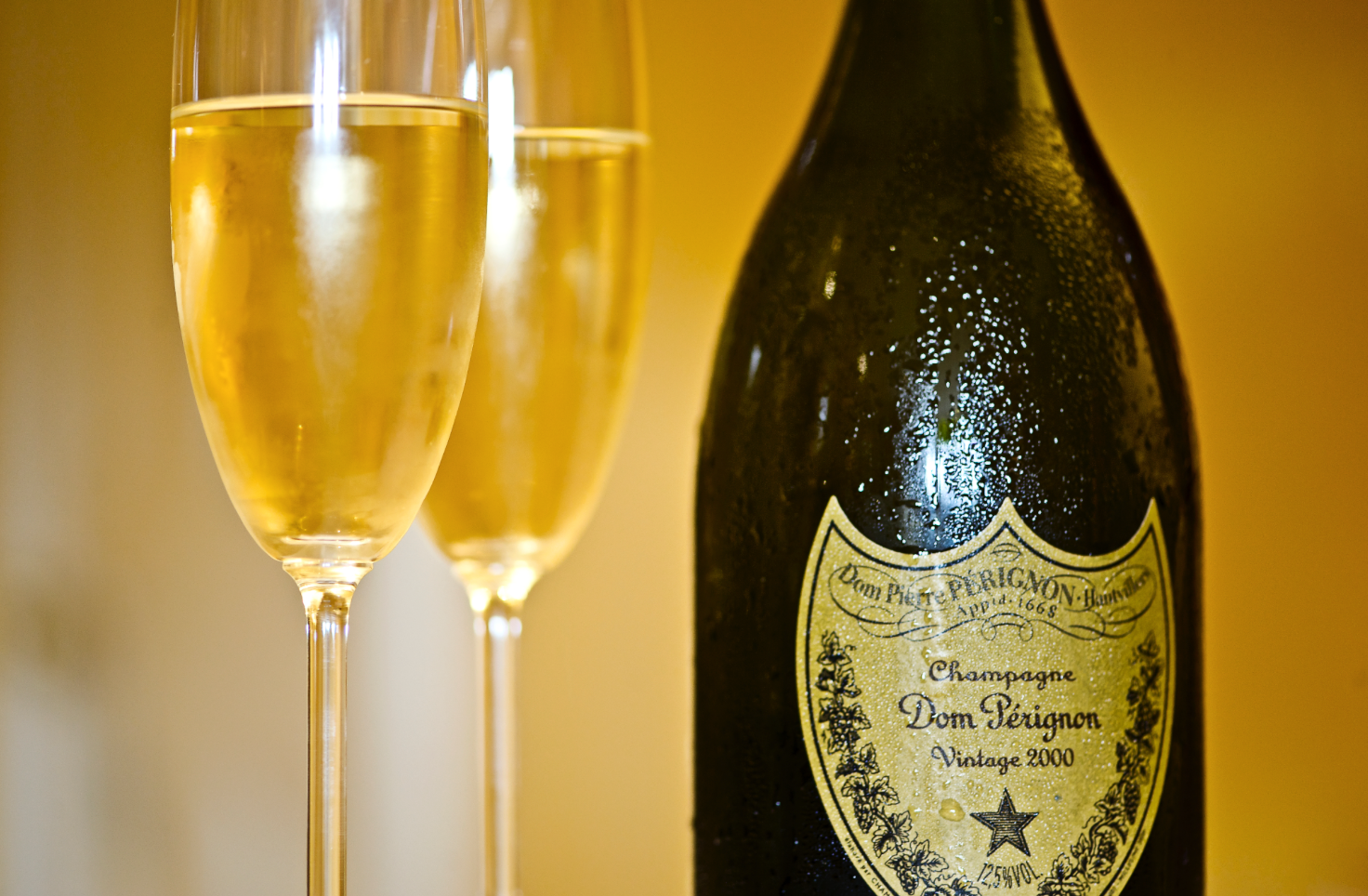
Spring is finally here, and with that comes weekend getaways, family vacations, warm weather festivites, and of course, Champagne! But be honest - how much attention do you pay to the actual label on that bottle of bubbles? Grape Collective presents a detailed guide to deciphering a Champagne label.
Before we jump into the pool, there are a few basic things you might first want to know about Champagne. Sparkling wine is produced all over the world, but only sparkling wine made in the Champagne region of France can officially be called Champagne. Additionally, all Champagne is made in the traditional method, which means it goes through a secondary fermentation process in the bottle and it requires a minimum of one and a half years to complete its flavor development. In general, Chardonnay, Pinot Noir and Pinot Meunier are the three main grape varieties used to produce Champagne.
There is sparkling wine produced in other regions of France aside from Champagne, such as Jura, Alsace, Vouvray, Burgundy, and Loire. These wines could be called Cremant de Jura, Cremant de Alsace, or Cremant de Bourgogne.
Now that we understand a little more about Champagne, we can move on to reading the actual bottle label. There are a number of terms that appear on the Champagne label:
1. Champagne: This names the wine type and the region.
2. Name of the Champagne House: This gives us the name of the producer.
3. Cuvée: Usually this refers to the best grape juice gently pressed from grapes. In Champagne, the cuvée is the first 2,050 litres of grape juice from 4,000 kg of grapes.
4. Blanc de Blancs: In French, this term literally means “white of whites." It is white Champagne made with 100% white wine grapes, ordinarily Chardonnay grapes but occasionally Pinot Blanc and Pinot Gris can be used as blending partners.*
5. Blanc de Noirs: This means “black of whites” in French. It is white Champagne made with black-skinned grapes. Pinot Noir and Pinot Munier are usually the main grapes found in Blanc de Noirs.*
* If not specified, then the Champagne is a blend using Chardonnay, Pinot Noir and Pinot Meunier grapes.
6. Brut Nature/Extra Brut//Brut/Extra Dry/Sec/Demi-Sec/Doux: These terms denote the sweetness of the Champagne:
Brut Nature: Champagne with zero grams of residual sugar per litre.
Extra Brut: Champagne with less than six grams of residual sugar per litre.
Brut: Champagne with less than 12 grams of residual sugar per litre.
Extra Dry: Champagne with 12 to 17 grams of residual sugar per litre.
Sec: Champagne with 17 to 32 grams of residual sugar per litre.
Demi-sec: Champagne with 32 to 50 grams of residual sugar per litre.
Doux: Champagne with 50 grams or more of residual sugar per litre.
7. Non-Vintage/Vintage: "Non-Vintage" represents a blended grape juice from multiple vintages (mostly from a single year vintage with older vintages) to insure the consistency of the Champagne style. "Vintage" denotes grape juice from a single year vintage. Usually, vintage Champagne will only be produced in a particularly good vintage year. It has to be matured for at east three years before releasing.
8. Grand Cru/Premier Cru: These terms designate the classification of the Champagne vineyards. Grand Cru is the top tier of the classification and Premier Cru is second.
9. VP: Means "Vieillissement Prolonge," which translates to "aging continues."
10. Type of Champagne Producer: There are several types of Champagne producers, desgingated by the following abbreviations on the label:
NM: Stands for "Négociant Manipulant." Most of the major Champagne houses are NM. They buy grapes from the region and produce the wine in the house.
RM: Stands for "Récoltant Manipulant," and is known as "Grower Champagne." A grower who owns his own vineyard and produces wine from his own grapes. (However a maximum of 5% of grapes purchased from other vineyards is permitted.)
ND: Stands for "Négociant Distributeur," and refers to a wine merchant selling under his own name.
To give you a general idea of what Champagne labels looks like, below are several examples with the above terms highlighted. Next time you find yourself shopping for a sparkler, you will understand Champagne labels like an expert!
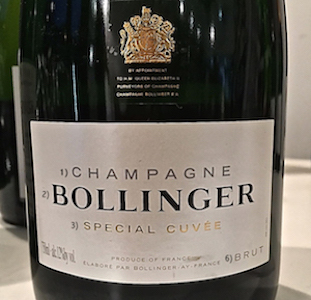
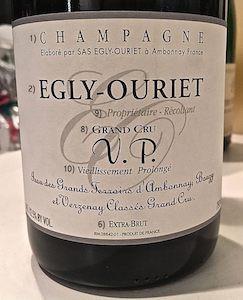
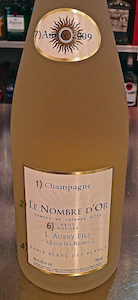
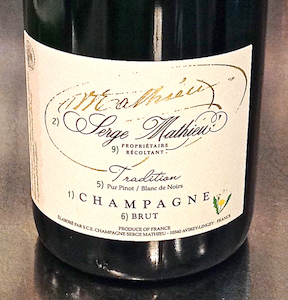
For more basics on Champagne, check out the Grape Collective article 10 Facts You Need To Know About Champagne










